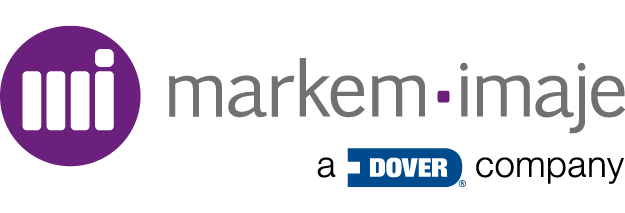

© 2020


Enabling your
connected supply chain
connected supply chain
7-13 May 2020
Düsseldorf
Hall 8B/#C68

DOWNLOAD HERE
Flexible film is the largest and fastest growing packaging material and, traditionally, rotary coding and hot stamping have been used to code these surfaces. However, now that variable data is increasingly used to optimize inventory and enhance traceability, among other benefits, these inflexible, high downtime and expensive methods are ill-suited for modern manufacturers, particularly those with Industry 4.0 initiatives. This latest white paper from Markem-Imaje shares insights for coding flexible film more effectively via digital technologies instead.
‘Selecting the right coding technology for flexible film’ begins with an analysis of the factors driving the popularity of flexible film and the trend to more complex codes. It then outlines the strengths and weaknesses of the four most popular digital options −thermal transfer (TTO), continuous inkjet (CIJ), thermal inkjet (TIJ) and laser technologies− as compared to each other, and to the more traditional mechanical approaches. Factors covered in the white paper include setup, handling, code quality required, speed, product type and size of print area.

Discover all the solutions to code on flexible film packaging in our latest white paper.



